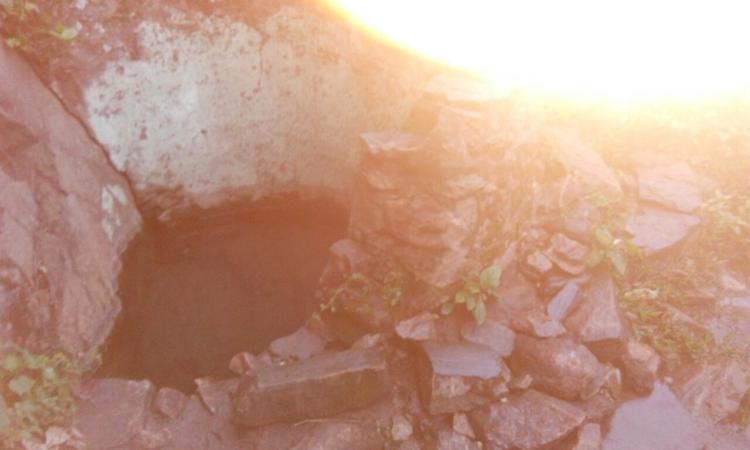
In a tribal settlement called Chavadiyur in the Attappadi region in Kerala, the summer has begun. It is already facing severe water shortage. The scarcity of water in the region has been exacerbated by the significant decrease in rainfall during both the southwest and the northeast monsoons. The Chavadiyur settlement in Sholayur panchayat in the Attappadi region lacks even sufficient drinking water.
The Adivasi colony with a population of around 480 individuals mainly belong to the Irular caste. The tribals work primarily as agricultural labourers on plantation fields nearby. Since there is no water even to meet domestic needs, sustainable agricultural activity in their own fields is next to impossible. There are not many water sources in this area and the community depends on a first order stream at a distance. Irula women carrying water pots on their heads is a common sight in the Attappadi hills. Lately, with regular monsoon failures, the stream as a source of water is also under pressure. Other than the stressed stream, the tribal rely on the panchayat water supply which sends a water tanker twice or thrice a week. A tanker with a capacity of 5000 litres has to cater to the whole settlement which spreads across a fairly large area. As a consequence, at a given point in time, only a part of settlement gets served. It is only during the next trip of the tanker that the other half of the settlement receives its share. Overall, a household usually gets only two pots of water per trip of the tanker which is just not enough. Moreover, it has been observed that the panchayat tanker gets water from the Bhavani river which is not fit for drinking.
Without access to any kind of purification methods or techniques, the tribals have no option but to consume this water. In situations of extreme shortage of water, the community also draws water from a “thodu” (stream of water) called Bhavikkara, about two kilometres from the settlement and uses it for domestic purposes like bathing and washing. Occasionally, the use of this water has been reported to cause fever and itching among villagers.
Additionally, even though there are three community taps drawing water directly from the Varadimala stream, the water is being used by estates located upstream for their plantations. These plantations have been cited by many villagers as one of the reasons for the water scarcity in the settlement.
Sanitation is also poor; the entire community practises open defecation. “We don’t have water for our day-to-day needs. How can we use toilets which would require a considerable amount of water?” the villagers say when questioned about the unused toilets constructed as part of the Swatch Bharat Abhiyan. It was observed that these people do not use soaps or any kind of sanitiser and many a time they do not get to wash after relieving themselves due to the lack of water.
Political and civic body inaction
Though many people from the Chavadiyur settlement have complained repeatedly about the water problem, there has not been any protracted action by the government. The colony also lacks the means and leadership to organise and protest collectively against the inaction of political and civic bodies. As a result, most of their appeals go unheard. Many development initiatives have been envisioned for the region but there is hardly any implementation on the ground. Since people of this region have no choice but to adjust to the adverse conditions, the authorities take it for granted.
It can be easily observed that water scarcity in this region is a problem of differential access to water services. The stream water is captured early by the estates leaving no water for the settlements downstream. Institutional failure on the part of government has prevented reliable supply of water to the users. No attention is being paid by the civic bodies to build an adequate water supply infrastructure. Existing infrastructure has not been maintained due to financial constraints and lack of institutional capacity. Ironically, this has resulted a n drought-like situation even in places surrounded by plenty of water sources.